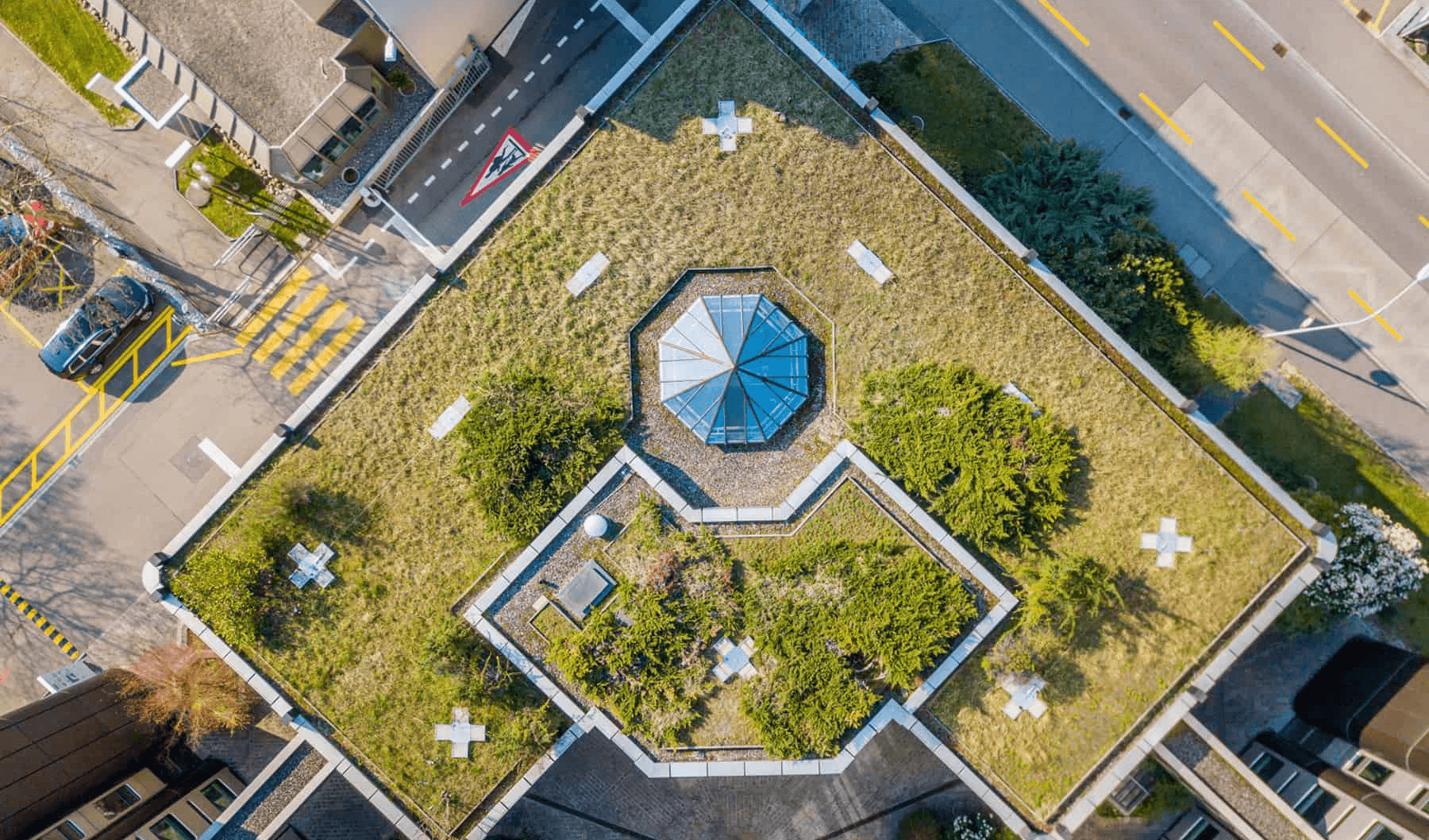Commercial Roof Types: Which One Is Right for Your Building?
As you probably know replacing a roof on a commercial building can be overwhelming with the number of options and possibilities that are currently available.
It’s no wonder that you want to invest in a roof that will last as long as possible.
Are you having a new building constructed or looking to replace your building’s current roof?
We want everyone to make an educated decision when it comes to choosing their commercial roof. With so many options for commercial roof types understand the advantages of the myriads of options available will make it easier when making a decision.
The last thing you want is choosing a commercial roof that’s not the best choice for you and having it fail in the future.
Keep reading to learn about commercial roof types.
Single-Ply Membrane Roof
These are sheets of rubber and other synthetics that can be mechanically fastened or chemically adhered to insulation. This creates a layer of protection on your commercial building.
Advantages of Single-Ply
After installing a single-ply roof and it’s maintained it can last 30 years. Check out a few other advantages:
- Class A Fire Rated – during the manufacturing process fire retardants are added
- Proven track record – being around for so long has allowed field studies to track performance
- Choice of insulation – single-ply material doesn’t include insulation giving you the option to choose the insulation you prefer
Spray Polyurethane Foam
This material is an eco-friendly material that has been around since the early 1960s. It’s sprayed as a liquid and expands into foam. The foam creates a solid layer across an existing roof.
Advantages of spray polyurethane
This type of roofing system is for any climate and can last over 30 years. Plus there a few other advantages:
- Energy efficient – spray polyurethane provides thermal, air and moisture barriers
- Seamless and waterproof – the solid surface doesn’t require seams or joints which are the most vulnerable areas for leaks
- Durable – the foam material expands and contracts to decrease the likelihood of splitting and cracks
- Eco Friendly – there is minimal stripping of the original roof. This means there is no need for costly rood tear-offs and waste. The materials used for spray polyurethane are eco friendly.
Shingle Roofing
This material is often used for steep slope commercial roofing. The two main types of shingles are:
Asphalt Shingles
These type of shingles are the most common and cost-effective ones on the market. These come with 15-30 year warranties.
Architectural Shingles
These type of shingles are multi-layered and heavier. They add durability and weatherproofing to the building. Architectural shingles often come with “lifetime” warranties.
Advantages of shingle roofs
Commercial shingle roofs advantages include:
- Design – there are a wide variety of designs and colors to choose from
- Easy repair – it’s easy to repair small areas that are damaged
- Durable – you can choose shingles that are class IV hail rated
Metal Roofing
This is one of the oldest commercial roofing systems. Different materials such as tin, aluminum, and corrugated galvanized steel are used.
Advantages of metal roofs
A few benefits of metal roofs include:
- Easy Install – it’s light material so it can be installed right on top of the existing roof
- Added protection – once installed a coating can be added to waterproof, protect from UVs and protect from the rust
- Quick install – it’s one flat surface making it for a quick and easy install
- Design – there are a variety of material and color choices
- Fire resistance – less prone to fire damage and don’t cause fires
Commercial Flat Roofs
This is a common type of roof for commercial buildings. There are a few flat roofing materials to choose from. Flat roofs are also more cost-effective to build than pitched roofs or steep slope roofs because they require less material.
Advantages of flat roofs
When flat roofs are maintained and installed they can last 40 years. The advantages of flat roofs include:
- Quick install – it’s one flat surface making it for a quick and easy install
- Easy maintenance – workers can walk easily regardless of weather conditions
- Drain cleaning – workers can safely clean the drains no matter how the weather is because of the flat surface
Built-Up Roofing
These roof systems are alternating layers of asphalt or tar and supporting fabrics that are installed into the roof. You choose the number of layers that are installed. The final layer of the built-up is stone or gravel.
Advantages of built-up roofs
When built-up roofs are installed and maintained they can last 40 years. Other benefits include:
- UV protection – this material provides UV rays protection
- Low maintenance – once it’s installed there is minimal upkeep required
- Seamless and waterproof – the continuous solid surface doesn’t require joints or seams. This removes the most vulnerable area for leaking
Membrane Roofing
This type of commercial roofing is popular for flat and low slope roofs. It’s made of thermoplastic, synthetic plastic, or bitumen. The two basic types of membranes are:
- TPO (thermoplastic polyolefin)
- EPDM (ethylene propylene diene terpolymer)
Advantages of membrane roofs
- Slick – the membrane is slick and good to move water off the roof
- Light – its weight puts less stress on the building structure
- Flexible – allows contractors to mold the material to unique roof designs
Feeling like a Commercial Roof Pro?
There are countless options for commercial roof types. After reading the difference between the most common commercial roof options you should have an idea of which one will work best for your roof.
JR & Co. Roofing Contractors have been serving clients since 1986. Contact us for a free consultation to determine which commercial roof system will be best for your needs.
